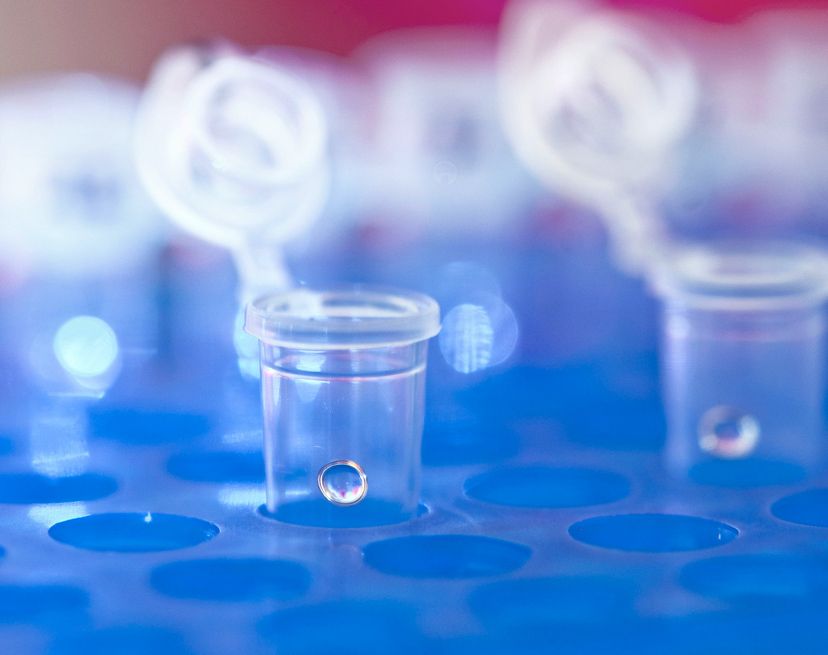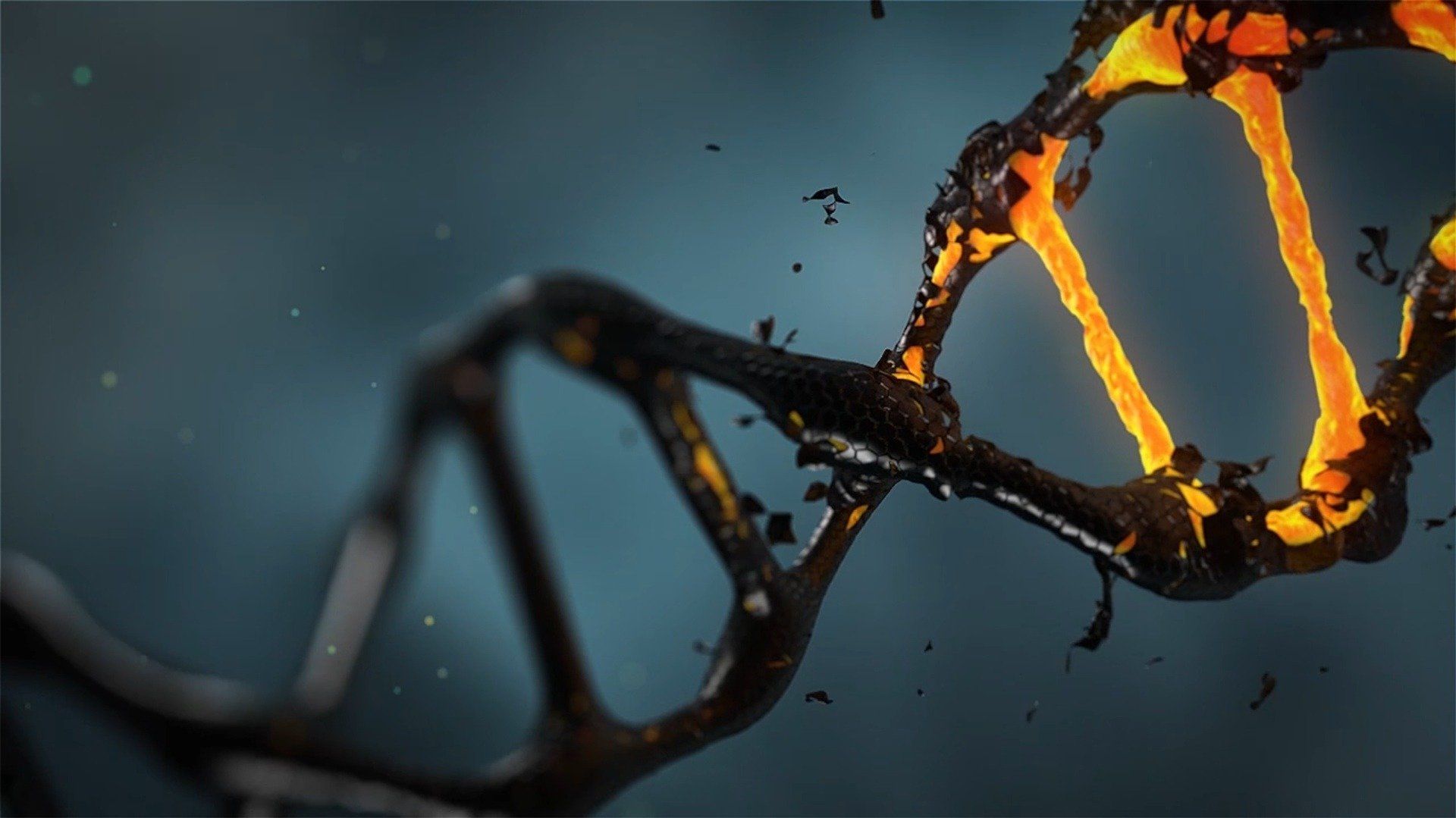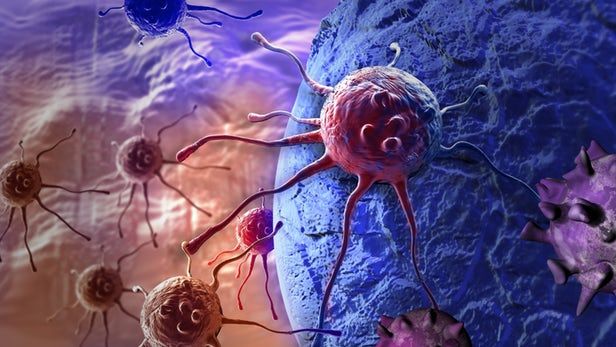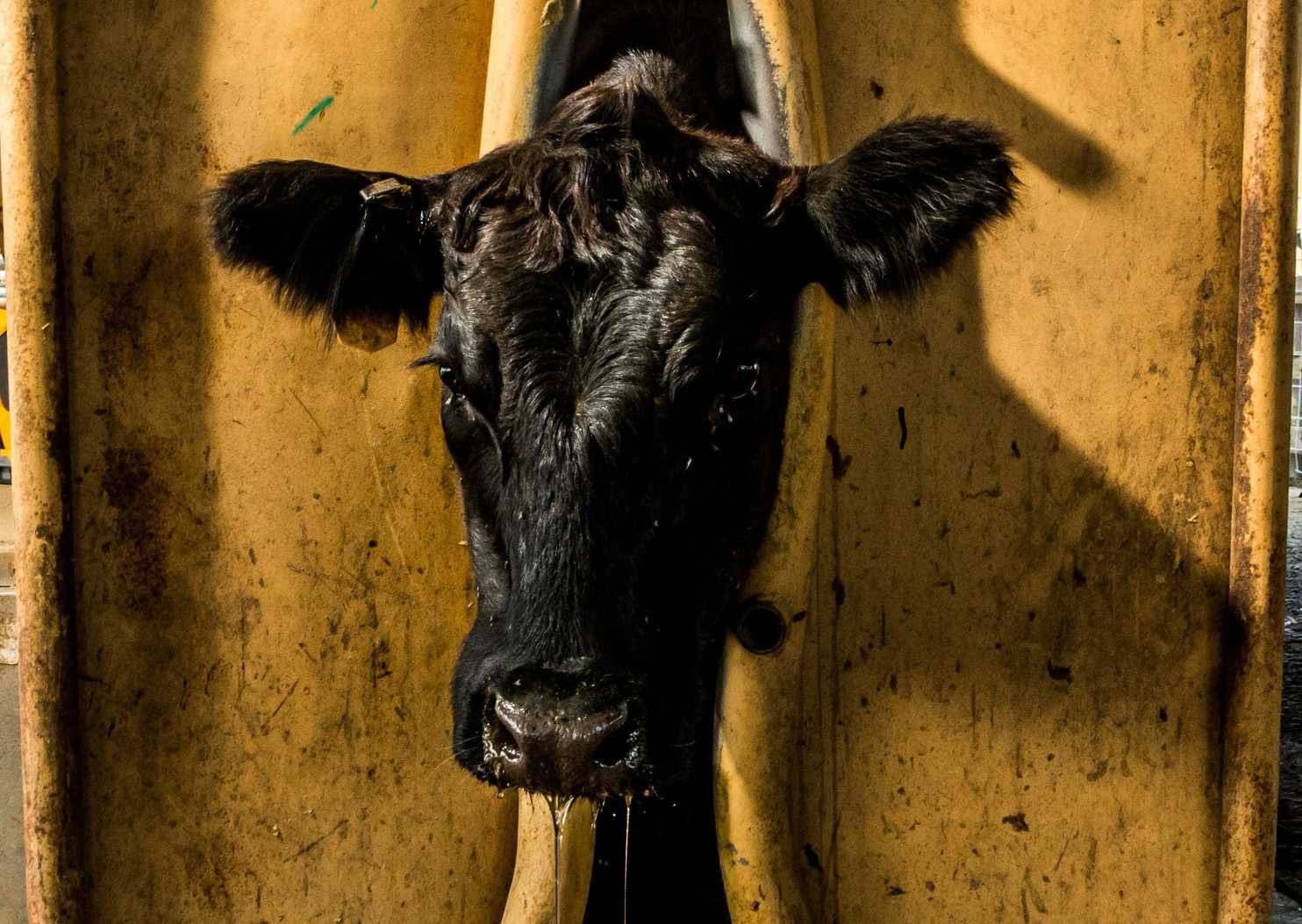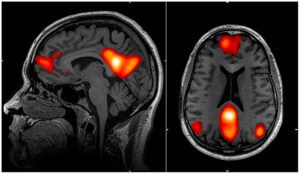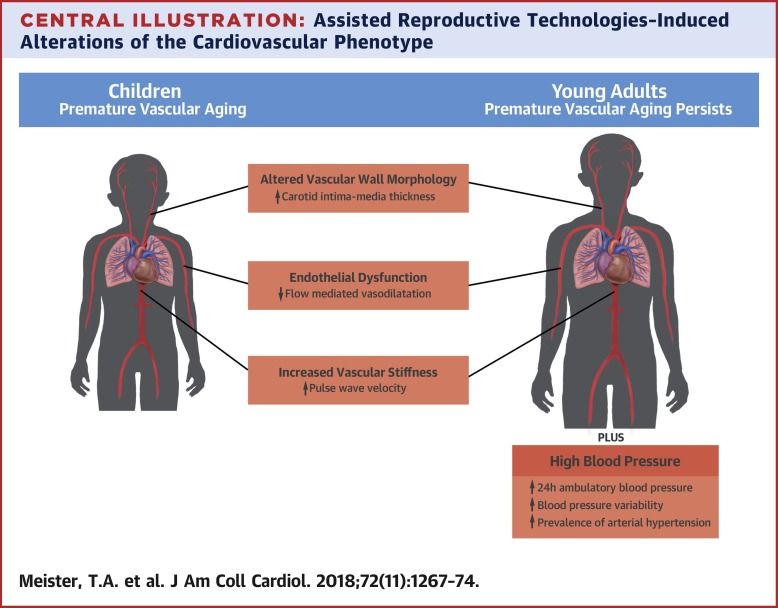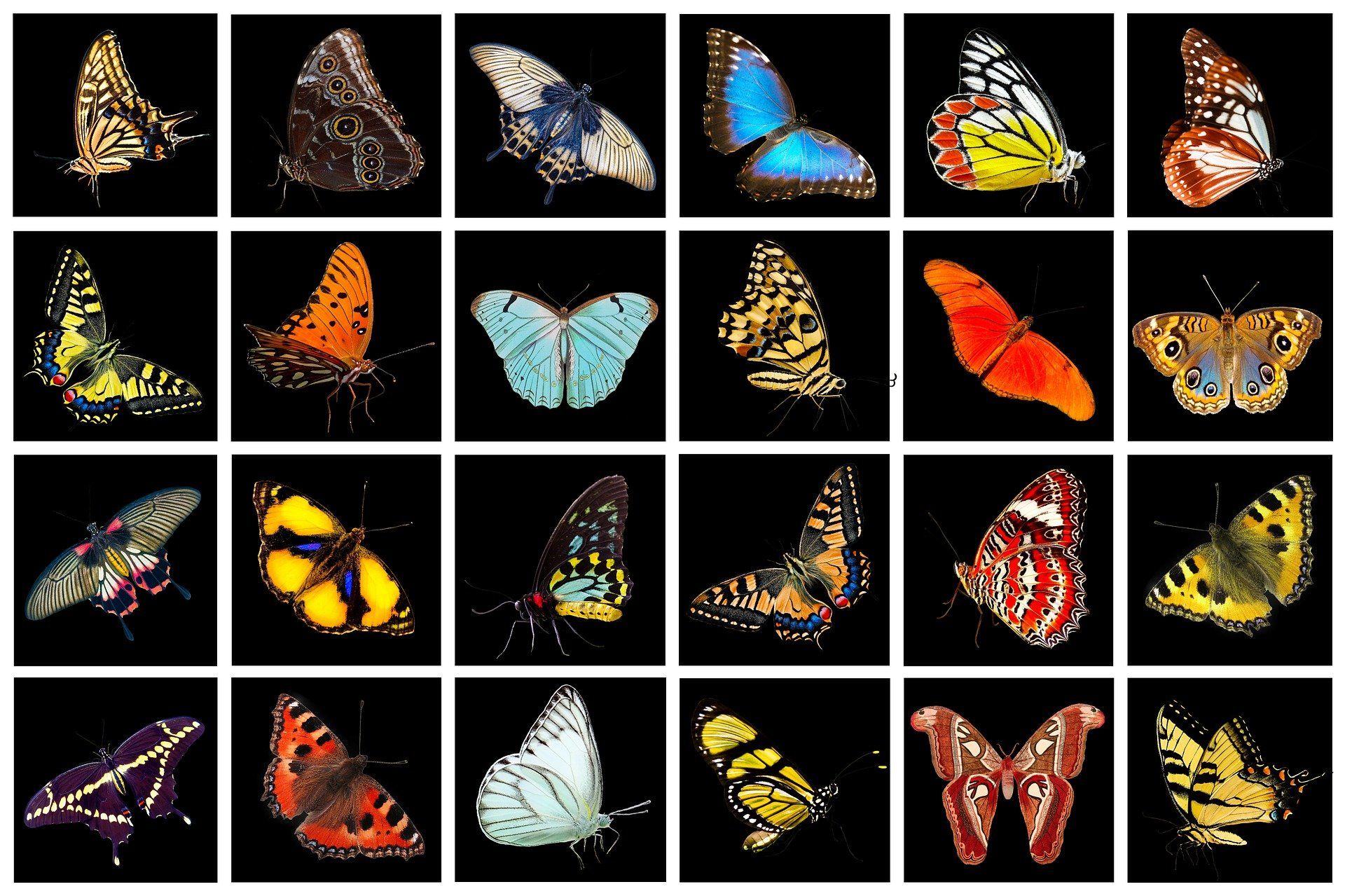Plants are very good at producing oxygen that we all need in order to breath, but what about clearing the air of harmful chemicals? Past research has revealed that plants do a bit of housekeeping when it comes to cleaning the air of certain compounds but researchers wondered if they could help boost that function with a genetic tweak.
In new research published in Environmental Science & Technology, researchers explain how they were able to give a common house plant more power to clean the air around it, and it’s all thanks to DNA from a mammal.
